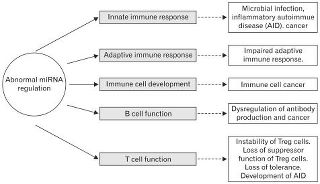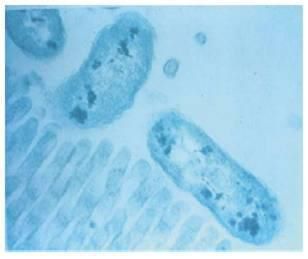 Image
from: http://
Image
from: http://A Composite of "Why Breastmilk is Not Just Food" posts on Dr.Jen 4 Kids: Breastfeeding Medicine Facebook Page
Jenny Thomas, MD, MPH, IBCLC, FAAP, FABM
Human milk contains vitamin B12 binding protein in large amounts. E.coli and Bacteroides bacteria use vitamin B12 for growth. Both can cause serious infections, especially in newborns. This binding protein is just another example of the infection-fighting properties of human milk and another cool reminder that breastmilk is not just food.
_______________________________________________________________________________________________________________
Human milk contains Lactoferrin, a protein with many responsibilities. It binds iron, which prevents certain bacteria from growing in breastmilk and in mucosal secretions. It is bactericidal, preventing E. Coli from attaching to the gut wall and Shigella from invading into the body. It is an anti-viral, preventing viruses from attaching or invading. It is an anti-inflammatory, decreasing cytokine release. And it affects neonatal intestinal growth and recovery from injury, thereby helping to prevent infection. Breastmilk is more than just food.
______________________________________________________________________________________________________________
During fetal development, the breast is derived from that glands were first associated with the skin. The embryonic signaling pathways that then turn cells into breast tissue involve some of the same signaling pathways that are associated with T lymphocytes. Some authors have suggested that the breast was first an immune system organ and then developed to become a source of nutrition. Breastmilk is more than just food.
______________________________________________________________________________________________________________
We already know the Prolactin is necessary for the production of breastmilk, but it is also a known component of breastmilk and made by the lactating breast. As a part of breastmilk, it exerts immunomodulating effects in the newborn when it helps with lymphoctye cell growth and function. Prolactin in milk also influences maturation of gastrointestinal epithelium. The concentration of Prolactin is highest in the first 3 days of life when it exerts crucial neuroendocrine effects. These effects condition behavior responses in later life. Breastmilk is not just food
______________________________________________________________________________________________________________
Human milk has been recently found to contain microRNA, molecules involved in the control of the development and function of Regulatory T cells. Among other roles, Regulatory T cells are crucial for preventing autoimmune diseases and limiting chronic inflammatory diseases. These microRNA molecules are abundant in human milk and transferred from mom through breastmilk in something called an exosome: vesicles than help with intercellular communication. More evidence that breastmilk in critical to immune system development, both short and long term and...that breastmilk is more than just food.
 Image
from: http://
Image
from: http://
________________________________________________________________________________________________________________
We already know that human milk contains vitamin anti-oxidants like vitamins A,
E and C. Antioxidants protect cells from the damaging effects of free radicals.
In addition, proteins in human milk can prevent free radical damage. Tryptophan
is an amino acid produced from protein digestion. As human milk proteins are
digested the the neonatal gut, tryptophan is produced. Tryptophan is a powerful
free radical scavenger and enhances pathways that decreases oxidative stress in
the newborn gut. This has tremendous implications especially for premature
infants, as necrotizing enterocolitis is associated with oxidative stress. Human
milk can save lives and...breastmilk is more than just food.
And as requested by the "internet science geeks" http://
____________________________________________________________________________________________________________
This is an electron microscopic view of an enteric bacterium interacting with the microvillus surface of the small intestine, something called microbial–epithelial ‘crosstalk’. This communication represents an important stimulus to the development of host defense of the developing neonatal gut. The bacteria, the things that look like peanuts are "talking" to the lining of the gut, and those "villi" (the stringy things) look as if they are listening. This cross talk is thought to help set up the architecture of the gut. And makes it even more important that the right bacteria are doing the talking. The gut is the second biggest organ of the immune system, right behind skin. Getting it right from the start is very important for a healthy immune system. Breastmilk is more than just food.
 Image
and info from: http://
Image
and info from: http://
____________________________________________________________________________________________________________
Human milk contains the enzyme platelet-activating factor acetylhydrolase. It is
released from human milk macrophages. This enzyme turns one of the most potent
pro-inflammatory agents so far described, platelet activating factor, into a
form which has no physiologic activity. Platelet activating factor causes GI
tract ulcers and causes the development of necrotizing enterocolitis within
hours after administration to experimental animals. Therefore
platelet-activating factor acetylhydrolase protects the intestine of the newborn
from inflammatory disease and much worse. Breastmilk is so much more than just
food.
more info for my nerds... http://